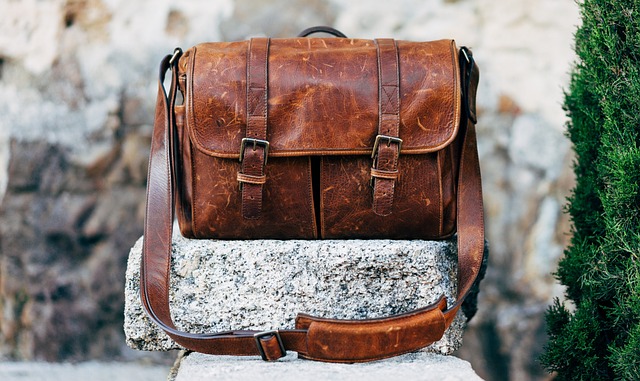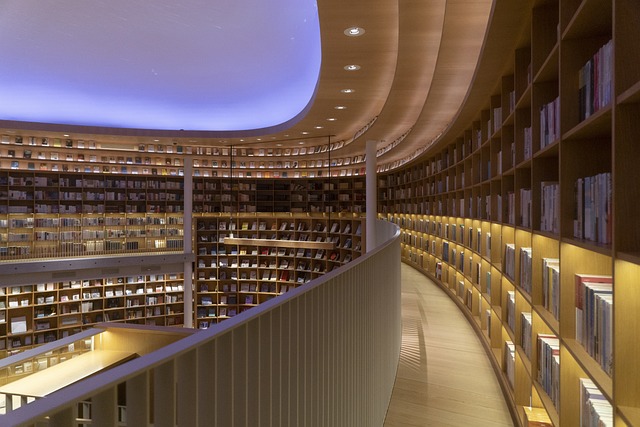Crafting Beauty: The Art and Design of Leather Processing
Leather processing is an age-old craft that marries utility with aesthetics, allowing artisans to transform raw materials into objects of exquisite beauty. This process, steeped in tradition, blends the meticulousness of artistry with the precision of design, capturing the essence of applied arts. The tactile nature of leather, combined with the creativity of the artisan, results in pieces that are not only functional but also evoke a profound sense of artistry.
The Artistic Journey of Leather
At its core, leather processing begins with a canvas that is as rich in texture as it is in history. Artisan leatherworkers approach their craft with the same passion as painters wielding a brush or sculptors molding clay. Each hide tells a story — one of its origin, of the animal from which it came, and of the environment it was part of. Artistry in leather processing involves more than just manipulating the material; it is about honoring these stories and transforming them into innovative designs.
The dyeing process, for instance, can reveal vibrant hues that breathe life into the leather. Each color choice, each pattern, and each stitch is deliberate, showcasing the artisan’s vision and skill. Whether it’s a vividly dyed handbag or a richly textured leather journal, each piece is imbued with personality, reflecting the creator’s distinct perspective on beauty.
Designing with Leather
Design in leather processing is a harmonious blend of form and function. As artisans grapple with the dual nature of leather — its durability and its elegance — they create designs that are both practical and visually stunning. From the sleek lines of a minimalist wallet to the intricate detailing of a handcrafted belt, each design choice must consider the material’s capabilities while still conveying a sense of style.
The versatility of leather allows for remarkable innovations in design. Techniques such as embossing, tooling, and laser cutting enable creators to carve out intricate patterns and textures. As designers push the boundaries of traditional craftsmanship, they give new life to leather, celebrating its potential to be a medium of both art and daily utility.
The Emotional Connection to Leather
Leather processing transcends mere craftsmanship; it fosters a deep emotional connection between the creator, the material, and the user. Each object crafted from leather possesses a unique warmth and tactile appeal, inviting touch and interaction. The more a leather product is used, the more character it develops, often becoming a cherished companion over time. This relationship transforms the leather into a canvas not just of art, but of shared experiences.
Moreover, in a world increasingly driven by mass production, leather processing stands as a testament to individuality and authenticity. Every handcrafted item bears the mark of its maker — a reminder that behind every piece of leather is a story of dedication, passion, and artistry. As consumers continue to seek meaningful connections with the objects they own, the artistry in leather processing shines even brighter, fostering an appreciation for skilled craftsmanship in an age of uniformity.
Leather processing embodies the essence of applied arts, marrying the tactile pleasure of craftsmanship with the thrill of creativity. It invites us to explore the beauty that arises from the hands of the artisan and to appreciate the intricate dance between art and design. As artisans continue to elevate this ancient craft, the world is reminded of the enduring power of beauty in both our everyday objects and the stories they tell.




